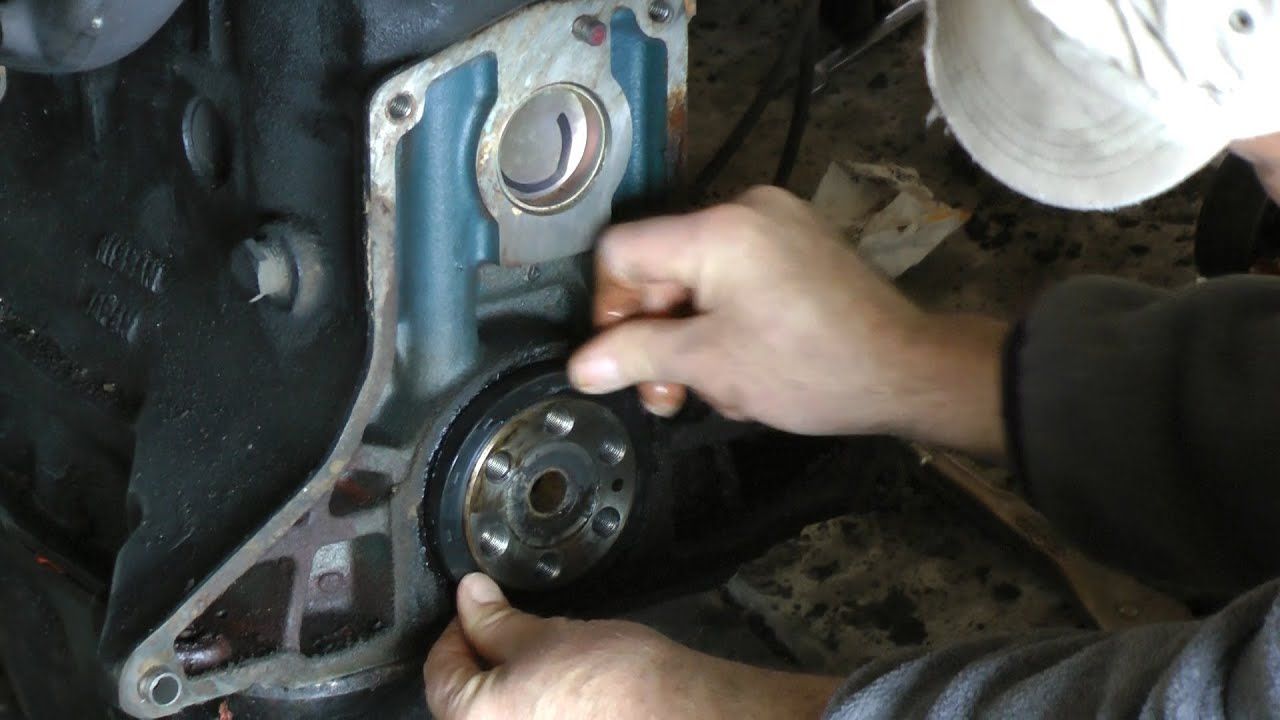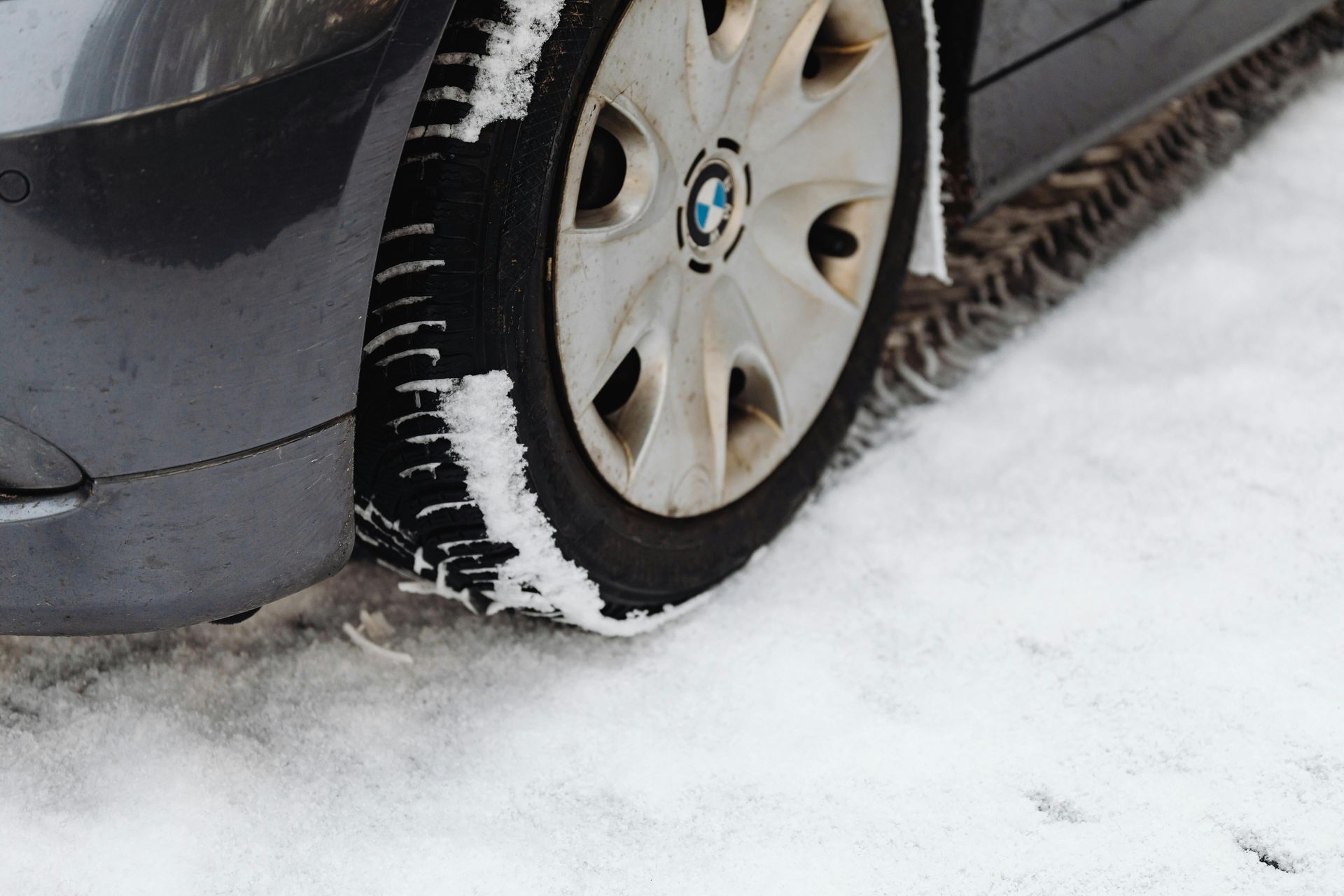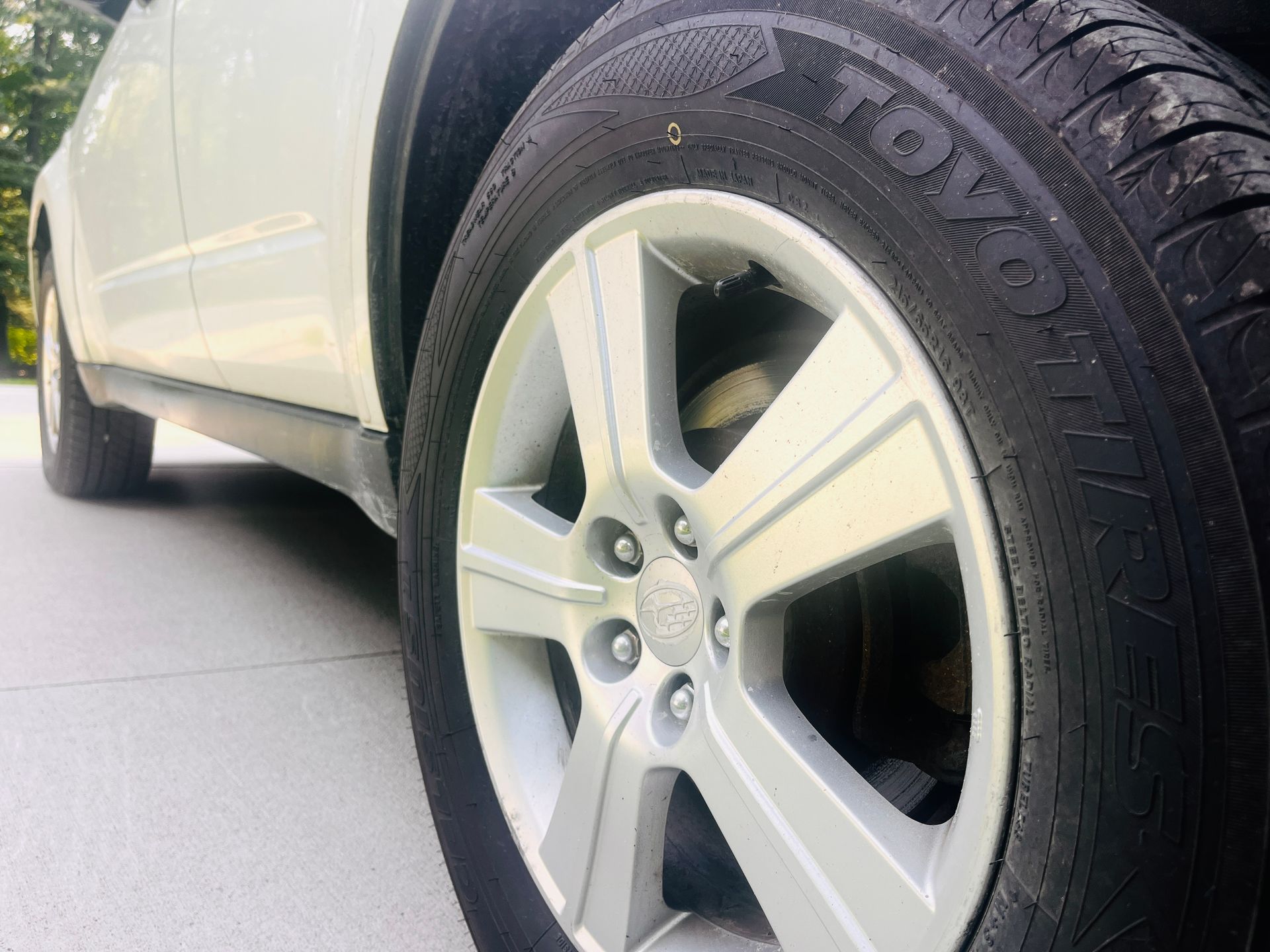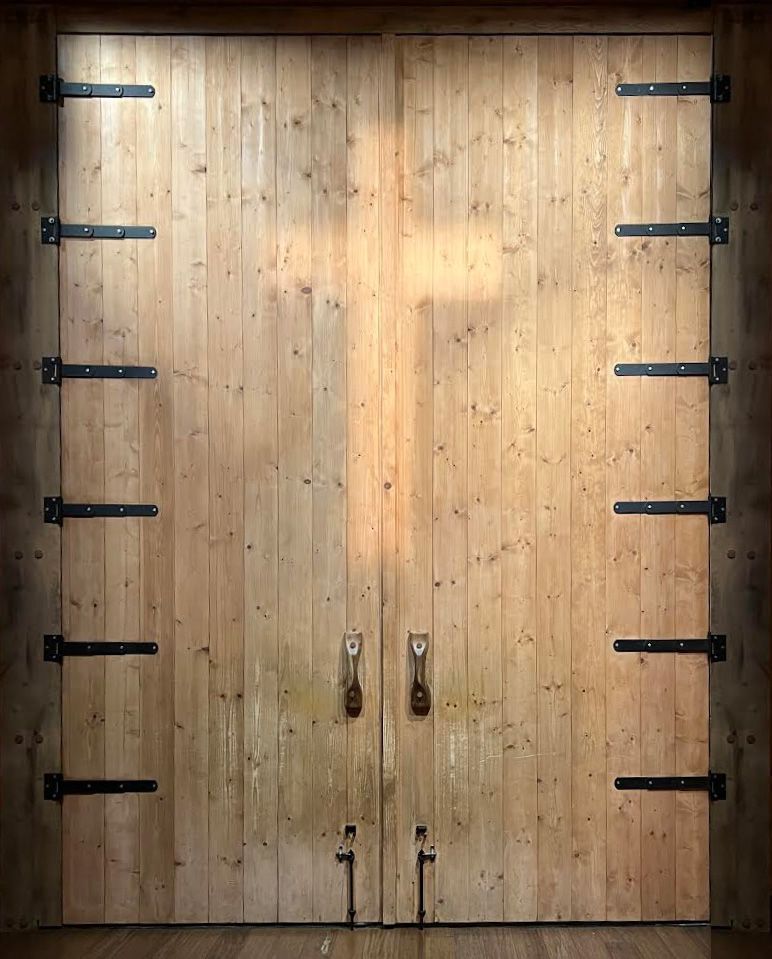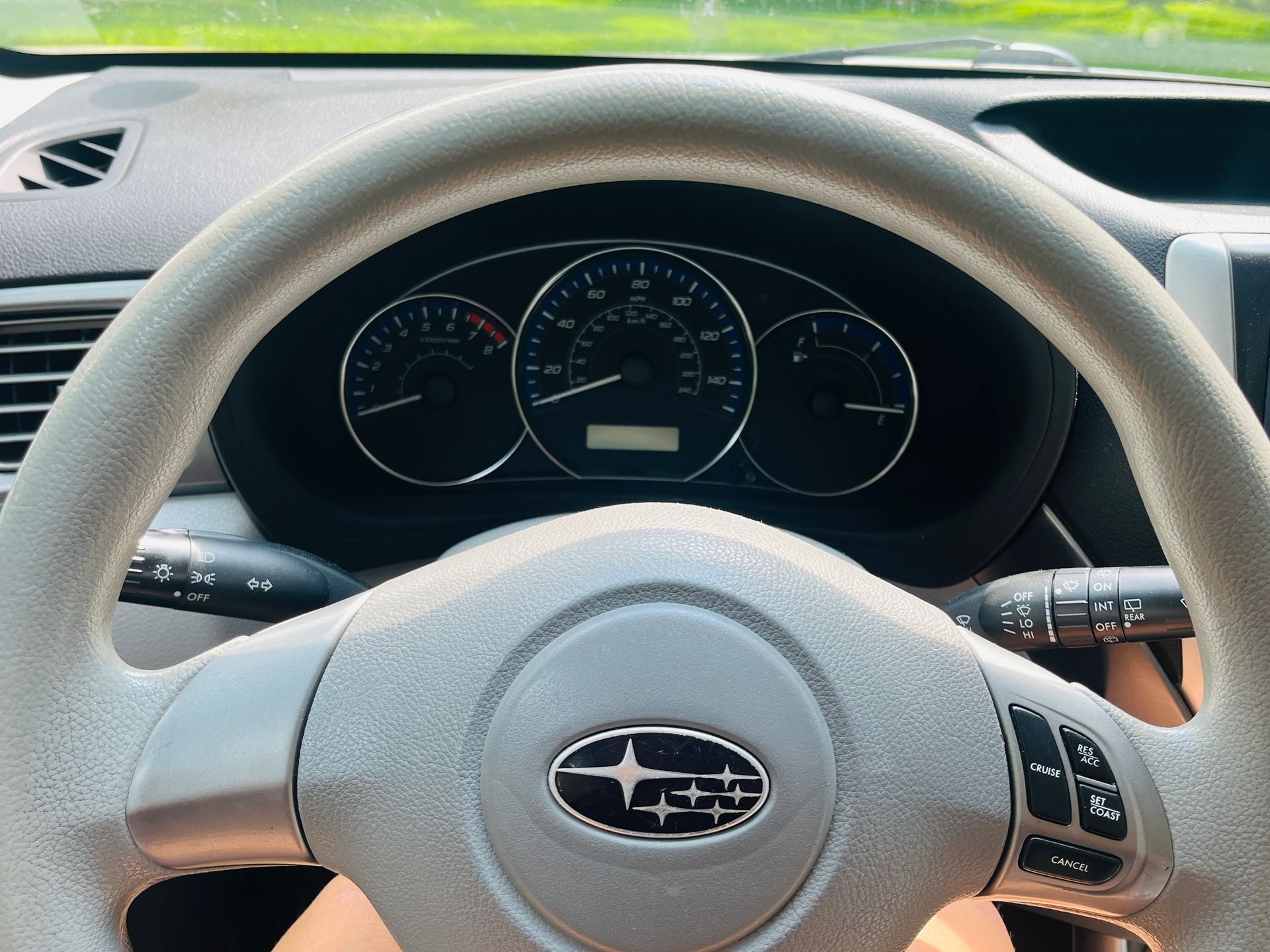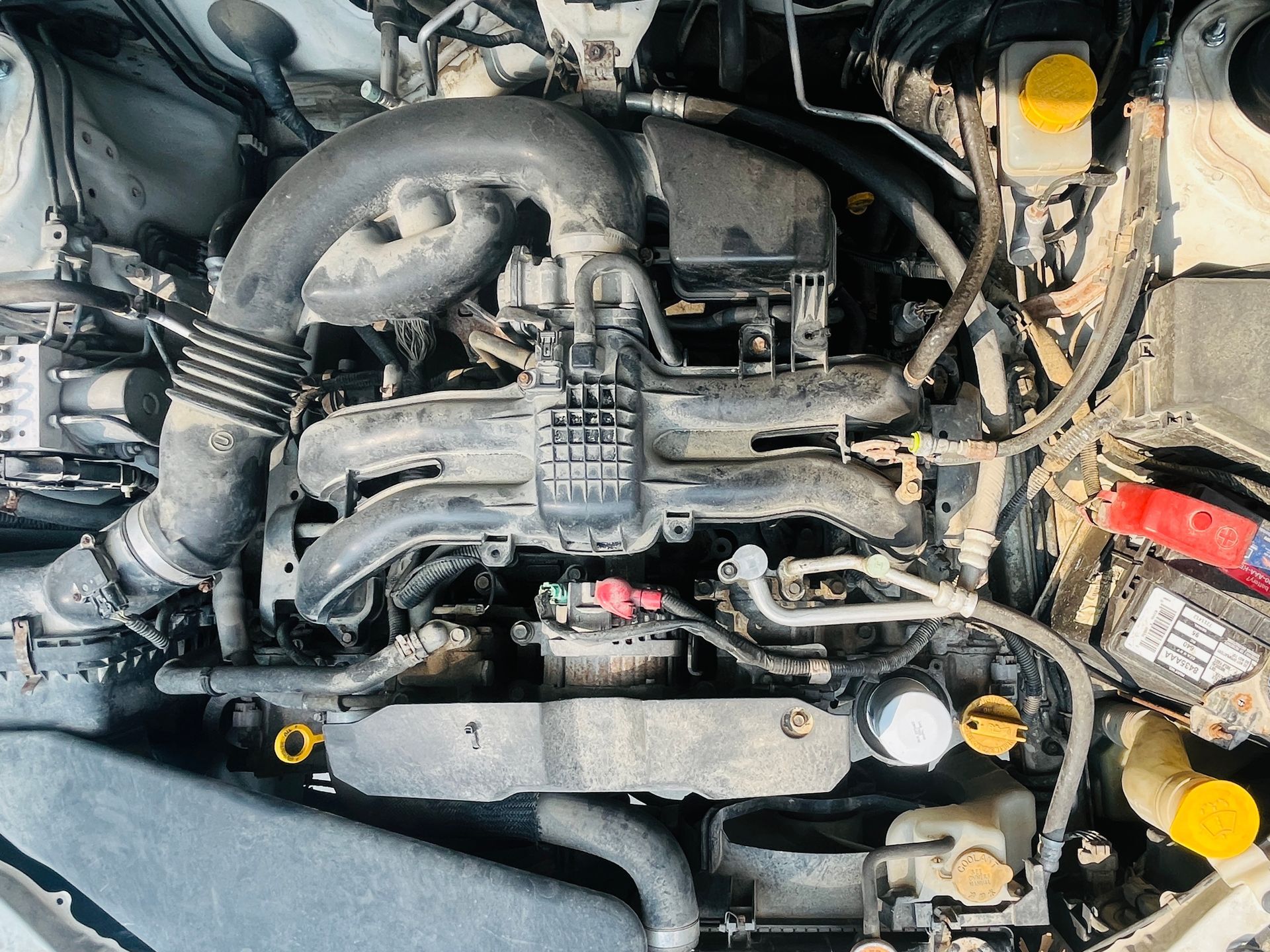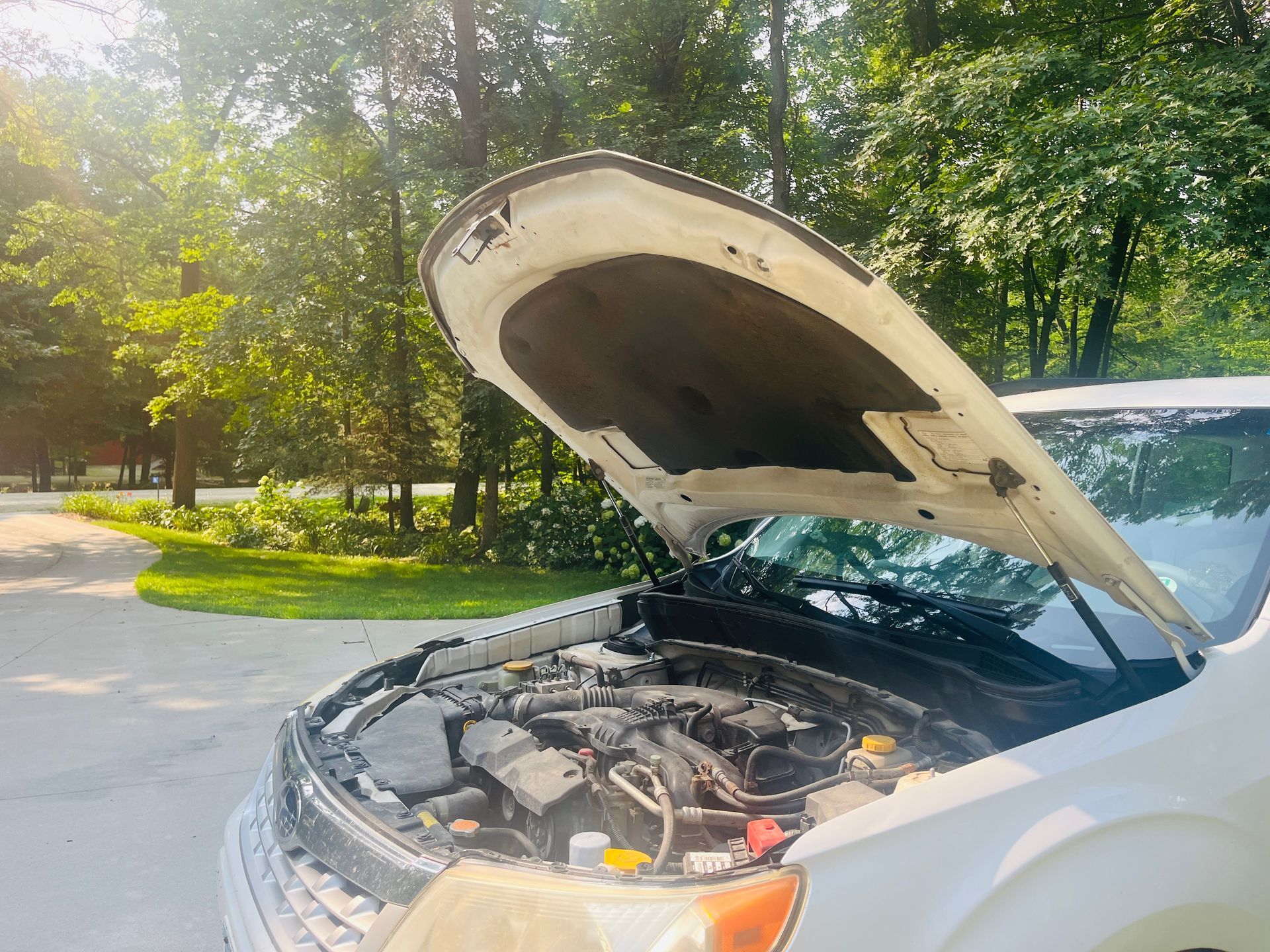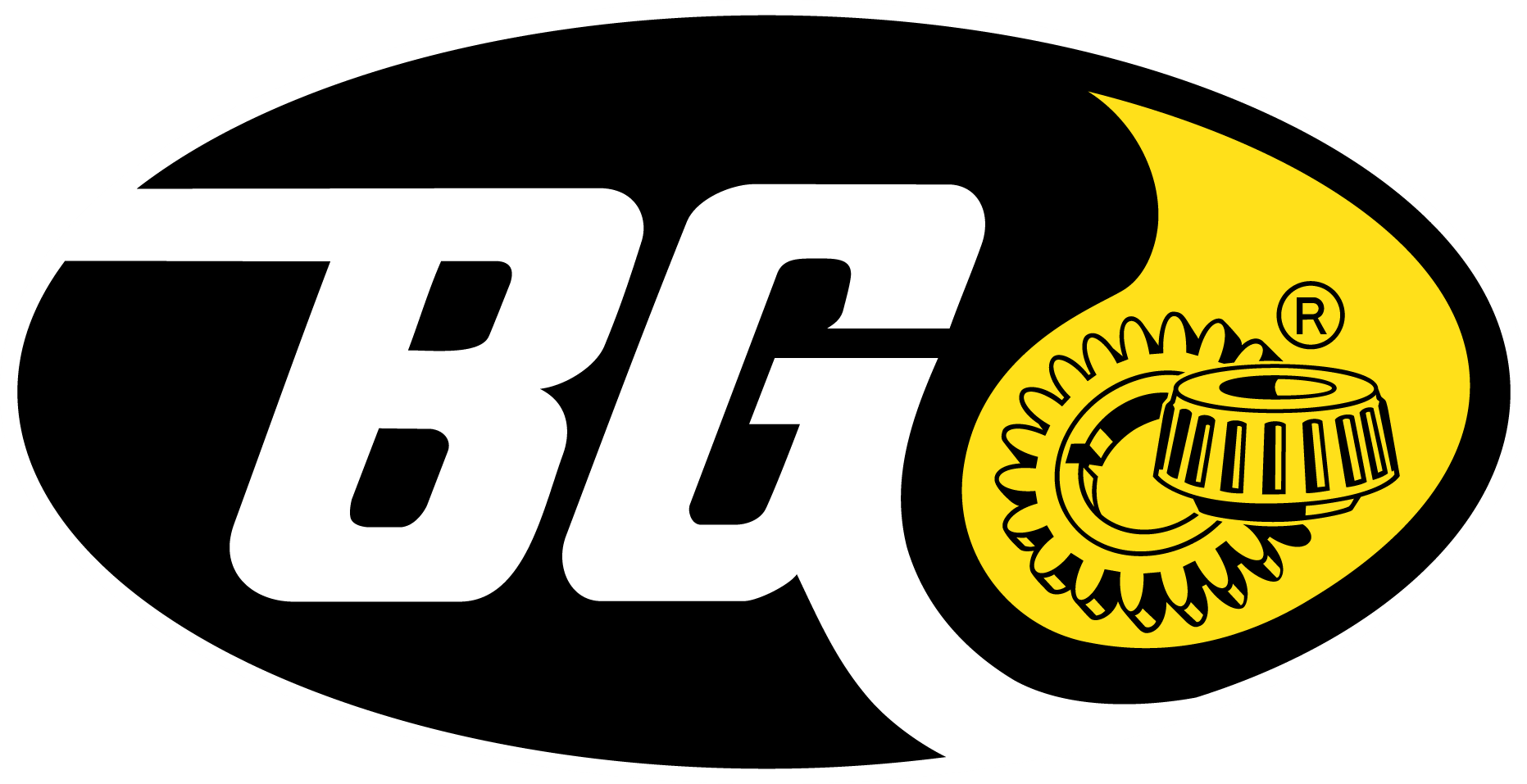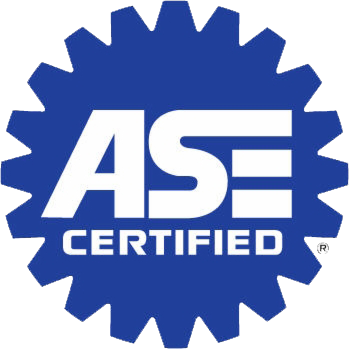Teaching your kids and teens about auto repair and how to drive
April 5, 2019

Do you think you’ll ever forget this winter? From the record low temps of January to the record snowfall in the past six weeks, stories about how the weather affected you and your family have solidified permanently in your memory. Am I right?
After sharing the news of our new pup, Hazel, last month, it’s obvious she will be a wonderful memory that will make our family always remember this year. But there is more … this will be a time remembered for lots and lots of training. Potty training in the midst of endless feet of snow and other puppy training — sit, down, touch, leave it, stay, come, etc. Then there is the training of our youngest child, Briella who took driver’s ed this winter as well. Fortunately, as with any great training program, there are people I’ve been able to rely upon for help — Mikaela and Morgan at Leashes and Leads for her excellent guidance in puppy class, and Deb, with Enhanced Driving Institute, for her classroom driving expertise. Besides these excellent professionals, I can also thank two great people in my life for their help — my daughter, Briella, for her passion and consistency with training Hazel, and my husband, Jeremy for his help with Briella’s car-side training.
Who do you rely upon to help guide and train your children and/or pets? Do they offer accurate information and provide consistency? Do you ask questions of your children to find out what they have learned so you can build on what they already know? If you have a better way of doing things, do you guide them with new processes or methods in a kind and patient way? Are you consistent in your training? For pets this would mean that all involved in their upbringing would use the same terms and conditions. For children, this becomes a bit more involved — namely because they not only gather verbal information, but they intently watch the behaviors of authority figures in their lives as well.
This is pretty heavy when you think about it — that someone is always watching your behaviors — how you act, how you speak, how you treat others, how you perform tasks, how you respond, how you listen — basically how you do life on every level. Are you the person you want your child to be? Do you display the morals, values and characteristics that you want your child to display? If someone were to ask your son or daughter what your priorities are, would you feel proud by their answer? As a parent, you absolutely have the biggest influence on your children’s lives by the way you live yours.
How does this relate to your automotive life? What are your children learning from the way you drive? How do you handle yourself behind the wheel? Do you obey the rules of the road? Do you treat your fellow motorists well? Do you drive without distractions? Do you take good care of your vehicle? Do you perform scheduled maintenance? Do you get timely repairs? Do you talk to your child about all of these things?
What an incredible opportunity we have as parents of new teenage drivers! Our teens must get a certain amount of behind-the-wheel training before they can apply for a license and most are eager to learn this skill. So in reality, we get hours and hours of time with them, cooped up in a car, without screens or other distractions. What better time to train our children well about automotive and even other areas of life.
When do you start?
You start with yourself every single time you get behind the wheel — even if nobody is in the car with you. Develop healthy driving practices so that you do them habitually. Put your seat belt on, obey the rules of the road, put your cell phone away, be alert and aware and do not drive under the influence of drugs or alcohol. Remember that the way you conduct every aspect of your life is being observed by your child. Practice integrity by being a good role model, even when nobody is watching.
If you are not proud of your driving habits up to this point, it’s not too late to make better decisions and create new habits. If you have teens who start to point out your driving faults now that they have received information from a professional driving instructor, it’s OK to say, “tell me more about that.” It’s OK to tell them they are right and thank them for new information. In fact, it’s a great moment to teach your children to take responsibility for things they do wrong in the future by admitting the things you are doing wrong now. Taking ownership of our actions is one of the most important things we can teach our children. Why not start with us?
How do you teach?
Besides teaching by example, how do you teach? Over the years, I’ve learned the best way to reach a teen is with open-ended, non-threatening questions. Find out what they already know, how they might respond in certain situations and what questions they have. Be inquisitive, listen and then guide — starting with the basics and adding to them with each lesson. Also, use your experience and examples of what difficult driving situations have taught you. You never know what tidbit of information you share with them might be applicable to a situation in their future. And when you have them trapped in a car, ready to learn, they are like sponges—listening, processing and retaining for future use. Embrace this opportunity!
What do you teach?
Besides teaching driving rules, skills, and dos and don’ts, you should give your son or daughter a vehicle tour and lessons on other aspects and responsibilities of car-ownership. Some parents are more mechanically savvy than others. If you know what you are doing, there is nothing better than hands-on, car-side training like my husband has given our teens over the years. The more interactive you can make this, the better. Show them all you know under the car and under the hood and have conversations about how different components work together. If you are less mechanically inclined, check out YouTube videos. These days there are great videos that can educate you and your teen — making learning together a fun and bonding experience.
I’ve always been a big proponent of teaching children the moral reason why. Don’t just tell them to do something or not to do something — tell them why they should or shouldn’t do it. Relating this to automotive, if you tell them that they should change the oil at certain intervals, also tell them why they should. If they understand that the function of oil is to lubricate and protect the engine and that over time the oil becomes dirty and protective additives in oil break down, thereby inadequately performing its functions well, they are much more likely to understand the importance of timely oil changes.
This can be applied to every aspect of a vehicle — all parts work together and need to stay healthy for a reason. However, because there are so many components, there is not enough time to get into all of the systems. Therefore, here is a short list of some basic, yet important topics to touch on with your teen.
Fluids: Besides oil, fluids that make up a vehicle are one of the most overlooked components. Do you know all of the fluids it’s comprised of, what their functions are and how often they should be changed? Do you know where the reservoirs are located and how to check the level and condition of the fluids? Talk about all of this — ask questions along the way to assess your teen’s level of knowledge, answer questions they may have and be humble — not every parent knows everything about a vehicle. It’s OK to say “That’s a great question, I don’t know, let’s figure it out together”.
Battery: Show them the battery under the hood. Talk about its function and the importance of having it tested regularly and replaced every 4-5 years (depending on quality and use) before it is bad and causes problems. Show them the connections and assess them for any corrosion. Share with them the importance of a healthy battery inside and out. If corrosion is present, explain the process of cleaning if you are a DIYer or where to take the vehicle to have them cleaned if you prefer to delegate to your trusted mechanic. This is also a great time to show them how to hook up jumper cables properly.
Tires: Visually checking tires for wear and showing them how to assess the tread depth is helpful. There are many ways to do this with gauges or even something we all have readily available: coins. There is a great diagram on our website to help with this: babcockautocare.com/tires. Explain the importance of tires and their role in safe driving. What can happen with tires unexpectedly? A flat or blowout! This can be scary — especially if they are alone when it happens. Talk them through the process of what to do — whether that’s showing them where the spare is located and how to safely change it or how to contact roadside assistance or AAA if you have this service.
Maintenance: Just like we share with our children how to maintain our bodies with exercise, healthy eating and physicals, it’s also important to share with them how to keep their vehicles healthy with proper maintenance and inspections. A good place to start is looking at the schedule in your vehicle’s owner’s manual together. Let your teen know that the purpose of preventative maintenance is to prevent a problem from happening. Industry standards have been set for replacement of certain components based on time and mileage as well as particular make/model vehicles. In addition, based on mechanical experience, many independent shops have a preventative maintenance schedule tailored to geographical areas—with altered recommendations that take into account weather extremes like we experience in Minnesota.
When your vehicle is in for any service, most shops will perform a courtesy inspection, whether written or digital, and then advise you on what concerns were found and what maintenance is due. They then help you prioritize according to your needs and budget. Be sure you share this valuable service with your teen and even consider taking them to the shop so that they can experience the process of car care first-hand.
Gauges and warning lights: When guiding our teens, one of our biggest goals is to equip them to respond well in situations rather than react in panic. Besides red and blue lights flashing behind us while driving, one of the most well known panic-moments is a lit \up or flashing light on our dash. For this reason, it is imperative that you go through the lights and gauges in your vehicle so that they know why they might illuminate and what to do if they come on while driving. Again, this may be a moment that you can shine in your car knowledge or it may be a moment when you need a little assistance from the web. I recently wrote an article with pictures of many of these lights, what they mean and what to do when they come on that might be a great resource to guide your teen—babcockautocare.com/jeanas-articles
Speaking of my articles, over the last seven years, I’ve written monthly columns on auto repair and maintenance that may be a fun way for your teen to learn. While they might be hesitant about reading something written by a middle-aged, boring woman, they might just be surprised to see how I take real life stories about people, pets and even chickens and intertwine them with automotive topics. In fact, I was recently given a rave review by my very own teen after I requested she read one of my articles: “Mom, it was really good and fun — not boring like I thought it would be.” Maybe her critique will encourage your teens to take a peek to see what they might learn.
As we melt into spring, let us go forth with excitement as we impart wisdom on our teens, train our pets well and take great care of our vehicles!

